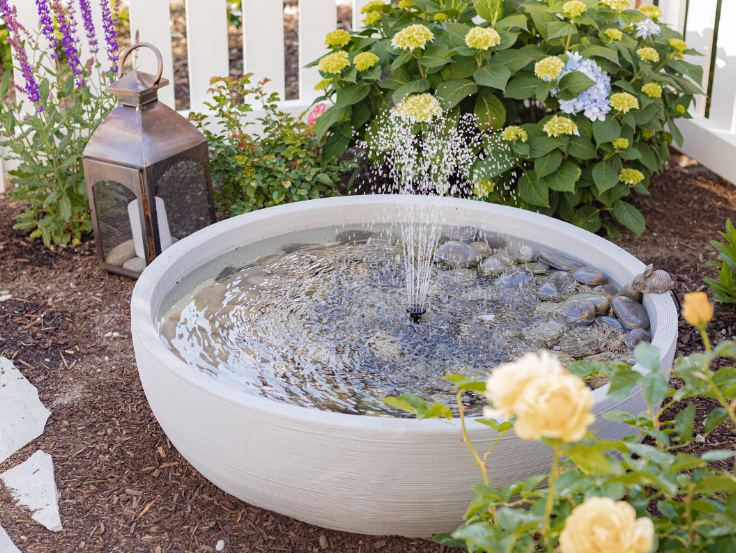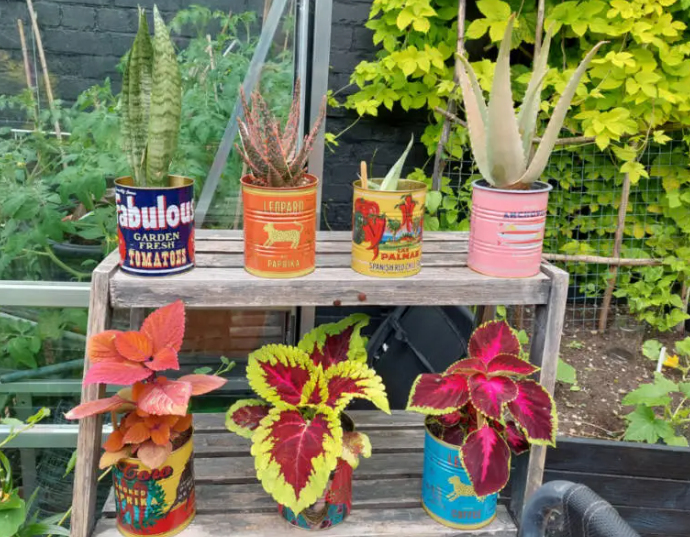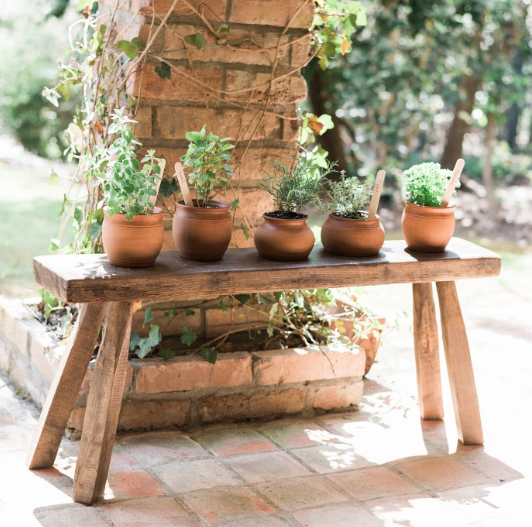Adding a water feature to your garden can create a peaceful, calming environment while enhancing the aesthetic appeal of your outdoor space. However, building a water feature doesn’t have to involve expensive materials or complicated installations. By using repurposed materials, you can create a beautiful, eco-friendly water feature that fits within your budget. Whether you’re building a small tabletop fountain or a larger garden pond, repurposing materials allows you to craft a unique feature while reducing waste. Here’s how you can create your own water feature with repurposed materials.
Why Use Repurposed Materials for a Water Feature?
Repurposing materials is an environmentally sustainable choice, as it helps reduce landfill waste and minimizes the need for new resources. Plus, using materials that are readily available at little or no cost can save you money. Repurposed materials often bring a rustic, vintage, or eclectic vibe to your garden, making your water feature one-of-a-kind. Whether you choose old buckets, barrels, or even discarded pottery, you can create a stunning water feature with a bit of creativity and effort.
Materials You Can Repurpose:
Old buckets or tubs: These can be stacked or used individually to create a tiered water feature.
Cement or terracotta pots: These can be turned into a waterfall or fountain by arranging them in a cascading design.
Birdbaths or large bowls: Repurpose an old birdbath to create a simple pond or fountain base.
Barrels: A half-barrel can be used as a pond or as the base for a pump-driven water feature.
Broken pottery or stones: These can be arranged to create a natural-looking stream or waterfall.
Pipes or old watering cans: These can be used to create a whimsical, flowing water feature.
Old containers or basins: Any unused containers can be repurposed as the base of your water feature, providing a place for water to pool.
Plan Your Design Before you begin, decide on the type of water feature you want to create. A simple tabletop fountain, a cascading waterfall, or a small pond with a pump are all excellent options. Sketch your design and determine how you will arrange the materials to create the desired effect.
Select the Location Choose a location in your garden that is level, accessible for maintenance, and near an electrical outlet if you plan to use a pump. If you’re building a pond, make sure it’s in a shaded area to prevent excessive algae growth.
Prepare Your Base Once you’ve selected the location, start by preparing the base of your water feature. If you’re using a barrel or a tub, you’ll need to ensure it is clean and watertight. For a pond, you may want to line the base with a rubber liner to prevent water from leaking out. If using an old birdbath or large bowl, make sure it’s stable on the ground and will hold enough water.
Install the Pump To create a flowing water feature, you will need a submersible pump. You can find affordable pumps at garden centers or online. Place the pump at the bottom of your container, ensuring it’s fully submerged. Attach tubing to the pump to direct the water flow. You may need to drill a hole in the side of your container to feed the tubing through. Make sure the pump is set at a height that will allow the water to flow back into the container.
Add Decorative Elements Once the pump is set up, add decorative elements to your water feature. Arrange broken pottery or stones around the pump to create a waterfall effect. Stack buckets or pots on top of one another for a tiered cascading feature. You can also add small plants, such as water lilies or moss, to create a more natural look.
Fill with Water After you’ve arranged all your materials, fill the feature with water. Plug in the pump, and test the water flow. Adjust the pump’s position or the tubing if needed to ensure the water flows smoothly.
Add Lighting or Accessories (Optional) For added ambiance, you can add solar-powered garden lights or fairy lights around your water feature. Decorative stones, shells, or even floating candles can enhance the visual appeal of your water feature at night.
Maintenance Tips:
Clean the pump: Check the pump regularly for debris and clean it to ensure the water flows smoothly.
Remove algae: If you’re using a pond, use a small net to remove any floating debris or algae buildup.
Top off with water: Evaporation can lower the water level, so make sure to top off the water as needed.
Winter care: In colder climates, you may need to remove the pump and drain the water during the winter months to prevent freezing.

Benefits of a Repurposed Water Feature:
Cost-Effective: Using materials you already have or can find for free saves money while adding a unique touch to your garden.
Eco-Friendly: Repurposing materials reduces waste and helps create a sustainable water feature.
Customizable: You can adjust the design and materials to fit your space and aesthetic, ensuring your water feature is truly one-of-a-kind.






